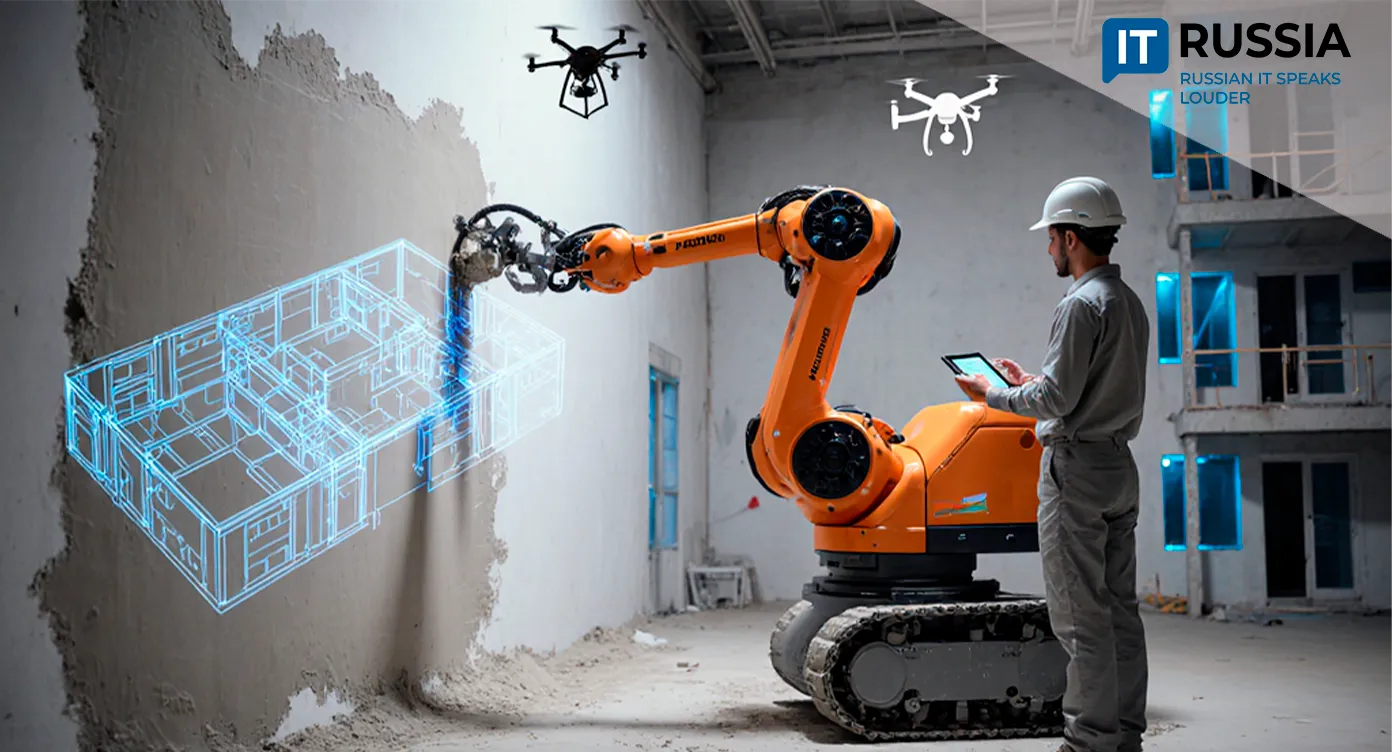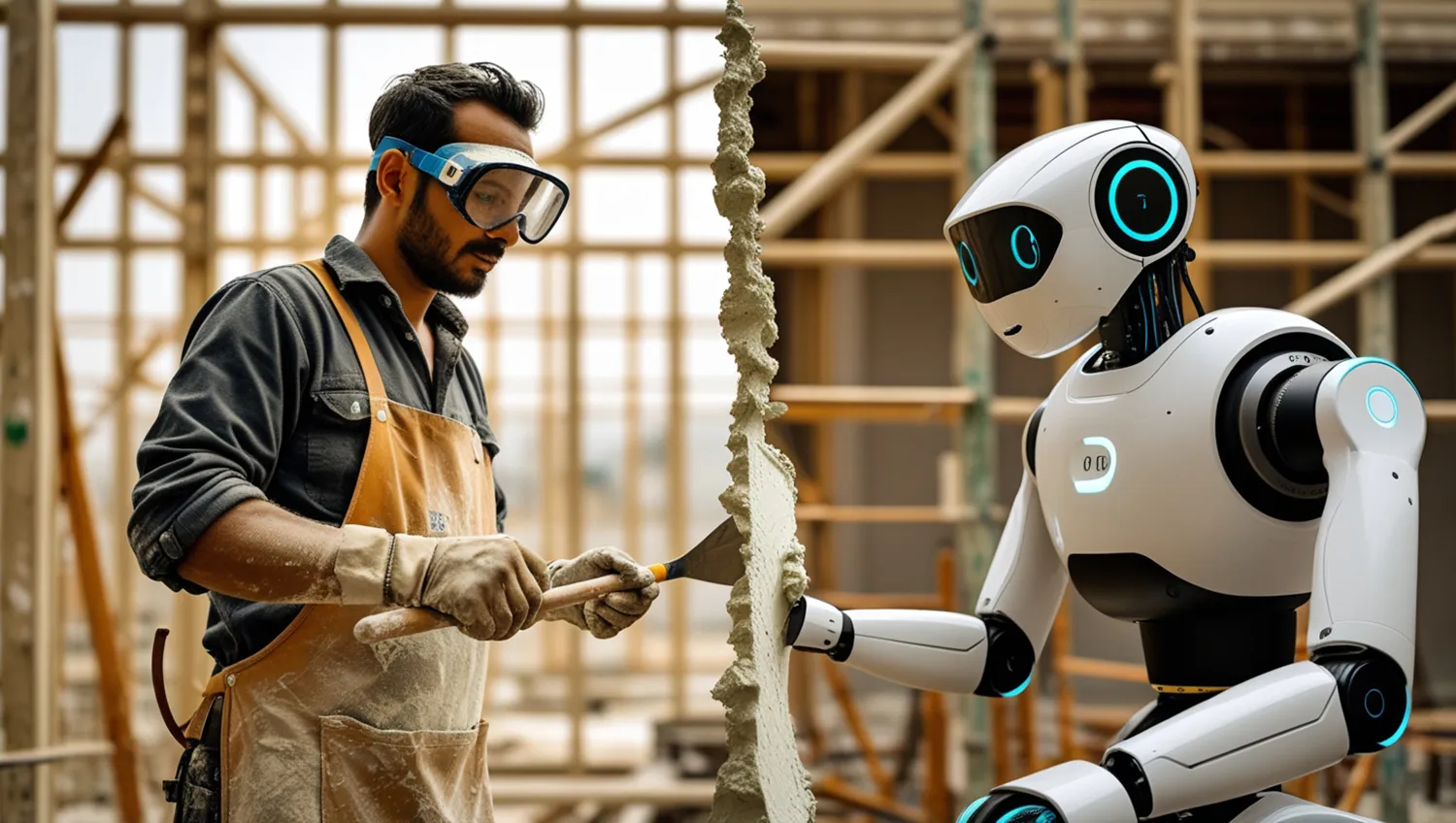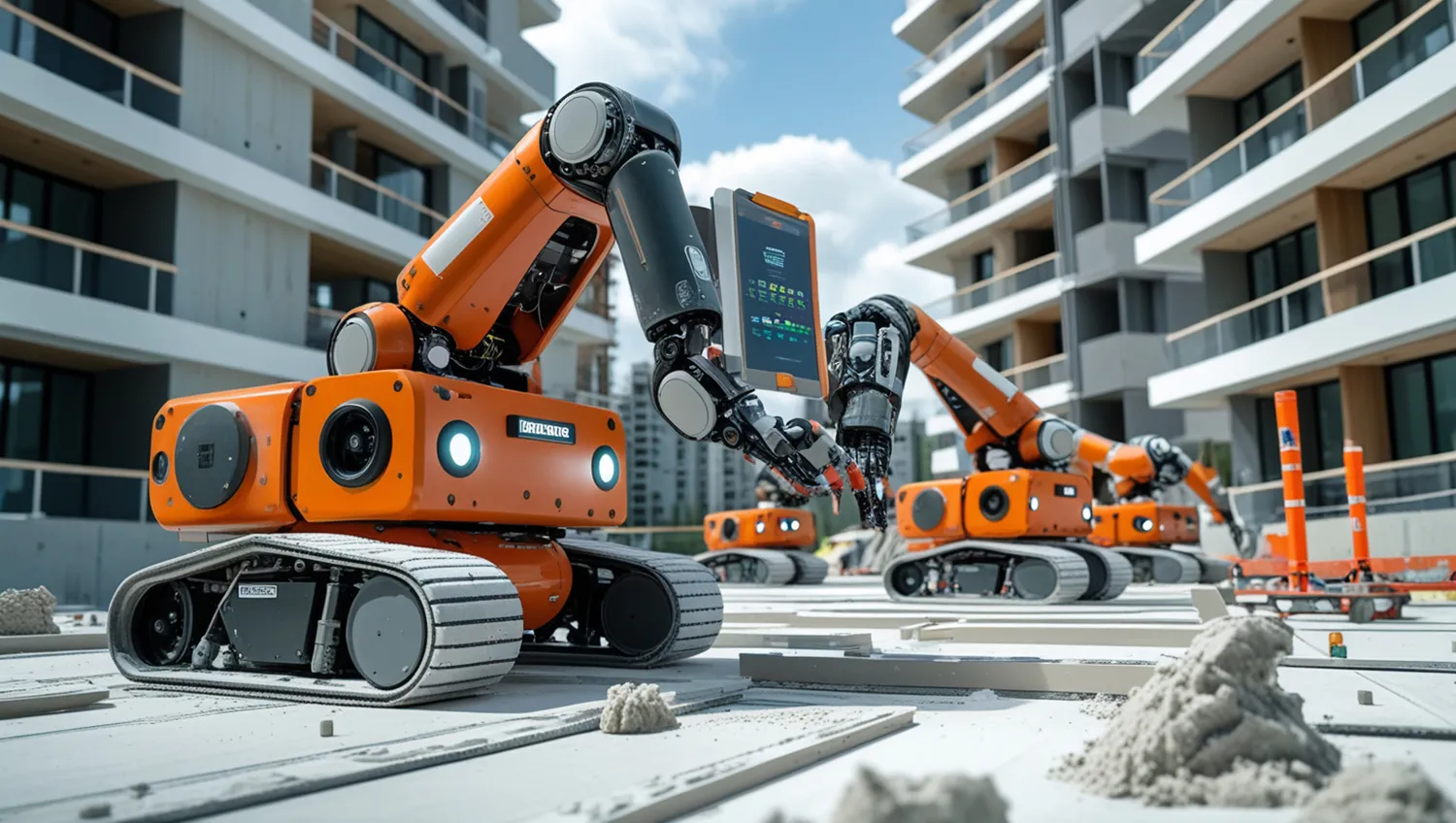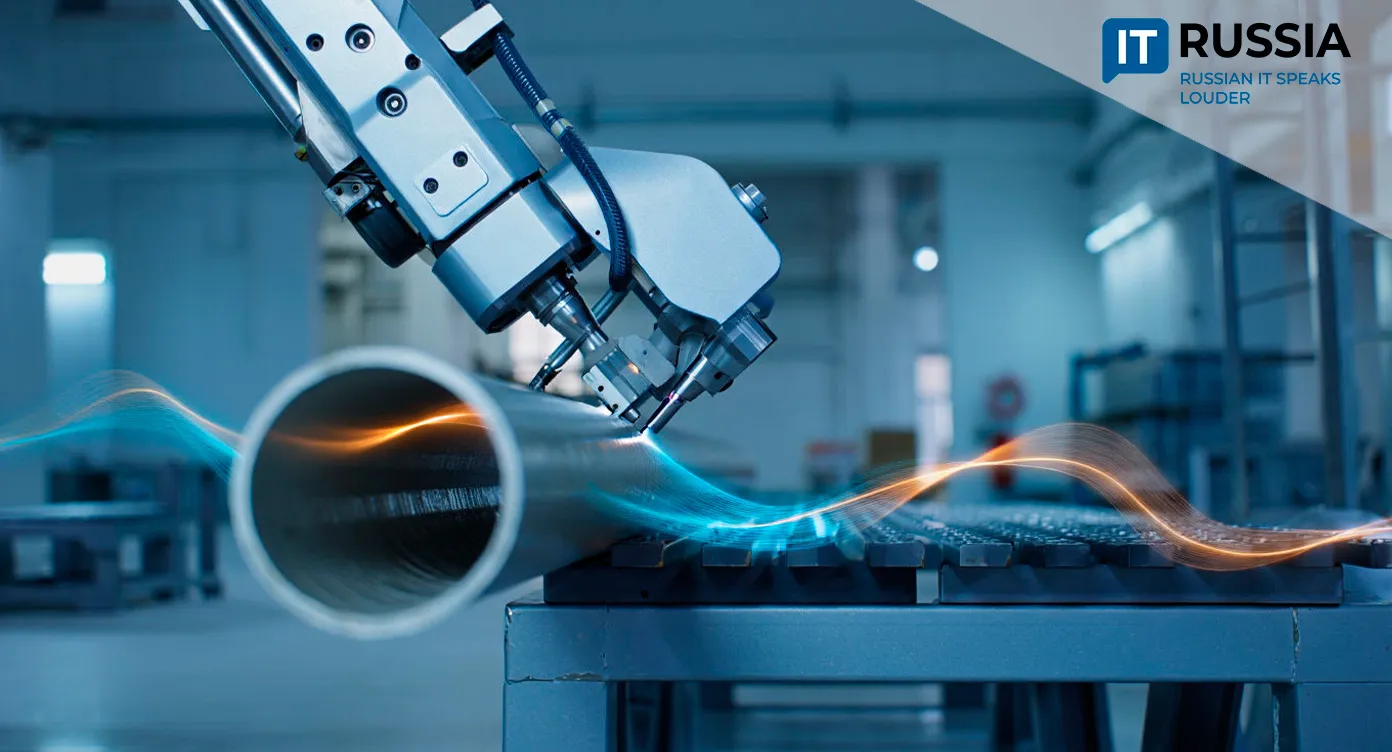Robots on the Jobsite: Developers Tackle Workforce Shortages in Construction
Russia’s booming housing market is running up against a severe shortage of skilled labor. To keep projects moving, developers are turning to robotics. One of the first movers is Samolet, which has begun deploying plastering robots on its construction sites.

Technology in Action: Not Science Fiction, but Reality
Speaking at the Eastern Economic Forum, Samolet CEO Anna Akinshina explained that despite the company’s ongoing push for automation, its most acute shortage isn’t software developers or IT talent—it’s actual hands-on workers.
The plastering robot is not a humanoid android, but a precision-engineered automated complex. Its workflow starts by creating a 3D model of a room through laser scanning. Once the operator loads the plaster mixture and sets parameters, the machine applies the compound along a strictly defined trajectory, achieving remarkable consistency and speed. Importantly, the robot does not replace humans entirely—final smoothing still requires a skilled worker. But it takes over the most labor-intensive and “dirty” stage of the process, freeing valuable personnel for more complex tasks.

From Plastering to Predictive Analytics
Samolet’s initiative is part of a global—and now increasingly Russian—trend toward construction automation. Large developers are already adopting other robotic tools, from industrial exoskeletons and crawler lifts to specialized systems for excavators that allow work in low-visibility conditions such as fog or nighttime.
Over the past five years, major players have embraced digital technologies: drones for site monitoring, BIM modeling for design, and AI-driven predictive analytics systems. These systems evaluate hundreds of variables—from weather and logistics routes to material availability and workforce levels—to forecast schedule risks and recommend optimal scenarios. The approach helps reduce massive cost overruns caused by downtime.

Innovation Versus Tradition
The road to widespread robotization isn’t without obstacles. First, there is the high price of equipment and its maintenance. Second, technologies must be adapted to Russian regulations and conditions, and staff must be trained to work with them. Third, resistance persists within the traditional construction sector, along with skepticism about quality. Robots currently show the best return in standardized processes like finishing mass-produced apartments, while their value for one-off projects remains uncertain.
The Future Belongs to Construction Robotics
Forecasts for the next one to three years are clear: major federal developers will rapidly increase the share of robotic work, particularly in finishing tasks. This will drive demand for domestic alternatives to imported equipment, adapted to local materials and climate. Regional builders, however, are expected to adopt such technologies more slowly due to budget constraints. Regulatory development—defining quality and safety standards for robotic construction—will be a critical factor in success.

The appearance of robots on Russian jobsites is not a fad, but a pragmatic path forward. Construction is entering a new technological cycle that will sharply increase speed and output in the real estate market. Success will depend on coordinated action by developers, the government, and equipment manufacturers who can deliver cost-effective, reliable solutions.










































